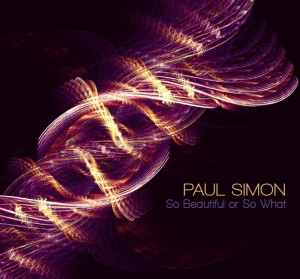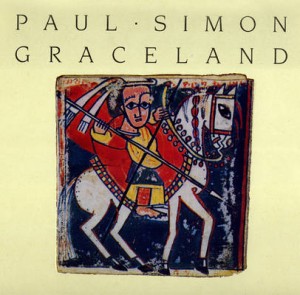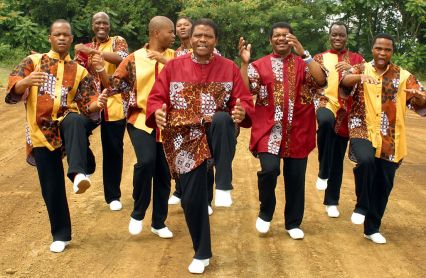 You can never count rhymin’ Simon out. In his seventh decade making music, Paul Simon has a new record that, if not revelatory, features songs with incisive lyrics, catchy melodies and lively rhythms.
You can never count rhymin’ Simon out. In his seventh decade making music, Paul Simon has a new record that, if not revelatory, features songs with incisive lyrics, catchy melodies and lively rhythms.
And so what if the bard from New Jersey hasn’t bottled lightning again with “So Beautiful or So What?” This guy released the greatest comeback record of all time.
Twenty-five years ago, faced with relegation to the nostalgia fringe shared by several of his folkie contemporaries, Simon produced an album that eclipsed all his others in sales and garnered awards for its world-beat beauty.
 Other artists have rediscovered commercial success or found their muse again, but none brought attention to a obscure style of music to the extent Simon did with “Graceland,” while helping to tear down the walls of apartheid as well.
Other artists have rediscovered commercial success or found their muse again, but none brought attention to a obscure style of music to the extent Simon did with “Graceland,” while helping to tear down the walls of apartheid as well.
Simon’s career had been on the ebb when he journeyed to South Africa in 1985 to collaborate with Ladysmith Black Mambazo and other musicians in that troubled nation. His generation-defining work with Art Garfunkel in the ‘60s and his chart-topping solo music in the ‘70s looked small in the rearview mirror.
Holes in his confidence, holes in the knees of jeans, Simon was ready to strike in a new direction. When a tape of South African folk music caught his attention, that direction emerged.
He had reached into other musical idioms before; “Mother and Child Reunion” is blue-eyed reggae after all and Andean pan flutes haunt “Duncan.” With “Graceland,” he took a big step farther out of his comfort zone. The methodical composer who had always embroidered melodies on top of carefully crafted lyrics decided to go to Africa and work backwards.
He initially met with members of Ladysmith Black Mambazo in New York. The leaders of the South African folk group were wary of the American star, but they have said in interviews that Simon was receptive and respectful, seeking partners, not servants, to celebrate a music taken for granted or lightly regarded by many in their own country at the time.
In the studio, Simon and the band thrived together. They jammed, and he composed songs starting with the rhythm.

He added a new color to his kodachrome palate that has been part of his sound ever since.
The title cut is among Simon’s best songs, all that African ebulliance balanced with his trademark wistfulness.
“The Mississippi Delta was shining
Like a National guitar
I am following the river
Down the highway
Through the cradle of the civil war.”
I love that the connection to Elvis Presley’s legacy is left unexplained. Apparently Simon was initially just filling space with “Graceland, I’m going to Graceland,” seeking a chorus until he realized his chorus had found him.
“Graceland” is the companion piece to “America,” another song about lost souls on a journey through a vast country where it’s easy to stay lost. In “Graceland,” Paul Simon is found. So are we all.
– Claude Iosso
Some good lists –
I looked at some good lists of comeback albums to make sure I wasn’t missing something obvious. Since I’m not paid enough to listen to Bon Jovi or Aerosmith myself, here are those lists. All that I would add is Neil Young’s “Harvest Moon.” A friend nominated Cher’s “Believe.” I’m not paid enough to listen to her either.
TIME magazine gives a nod to Johnny Cash’s “American Recordings” on its top ten.
Freelancer Adam Brown has a nice top 15 here, but he doesn’t even have “Graceland” on it.
Askmen.com also gives a game attempt, but is also, ultimately, misguided.
Metacritic looks at some great alternative bands who returned from long layoffs.
Enjoy,
Claude
.
.
.


